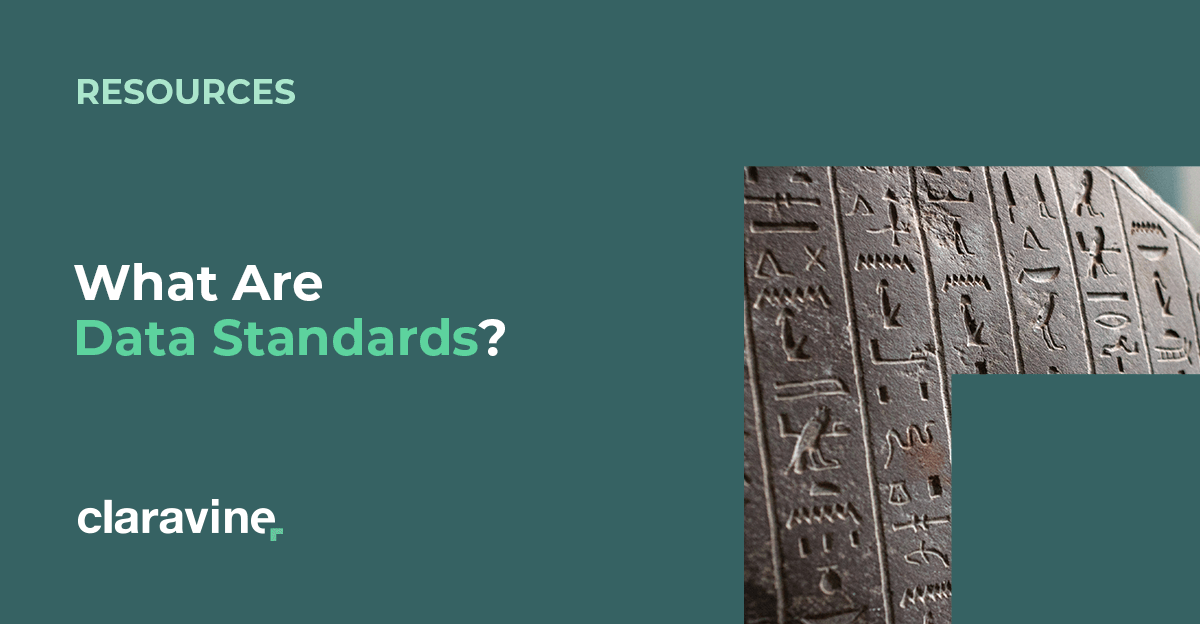The Urgency of Digital Data Standards
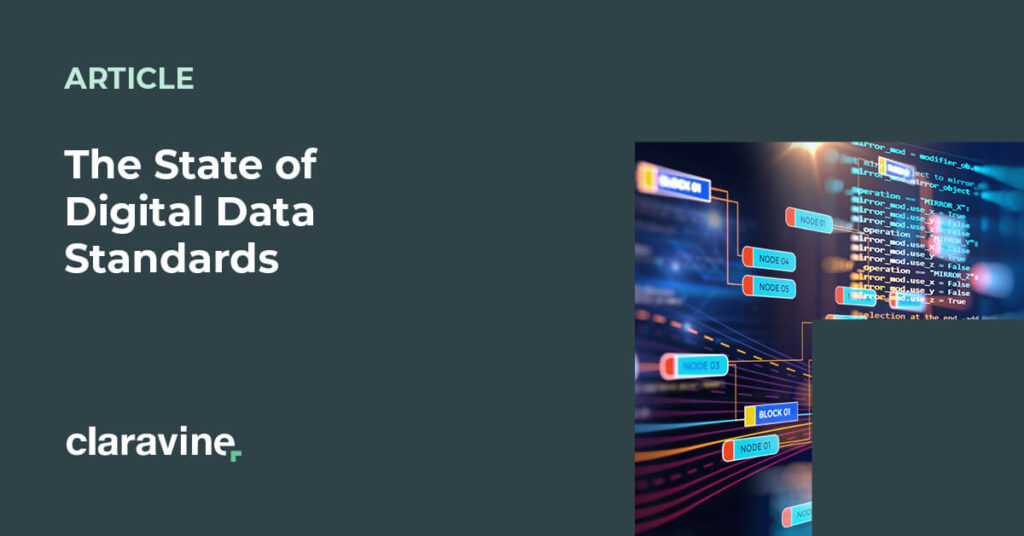
Digital Data Standards are Fundamentally Missing
Data standards rule the web – but it seems like most organizations wouldn’t know it. Take the marketing departments for example. Cross-channel teams almost freely and independently launch email and paid media campaigns without a care in the world other than being on brand, maybe with some superficial (and perhaps inaccurate or incomplete) tracking links and, if really lucky, campaigns that have actual goals configured.
Things like “data standards” are sadly not a primary concern. In fact, you couldn’t find much in the way of best practices around data standards within most organizations. It’s honestly shocking. If you search for “digital data standards” on “the Google”, you’re coming up empty handed for anything remotely relevant to the savvy, “digital-first” organization.
I don’t mean to be cynical but with the wave of changes happening in digital privacy alongside the barrage of new technology showing up every day, you’d think applying standards in your data management practice would be a way of life. Unfortunately, they are far from it.
They aren’t missing everywhere, though.
Some of the core institutions marketing organizations use (whether they know it or not) do have standards – take the W3C (World Wide Web Consortium), the IAB (Interactive Advertising Bureau) or Schema.Org. They all share standard requirements in order to take advantage of functions on the web, mobile and in advertising platforms. And I’m certain that I’m missing more examples like these organizations that oversee data standards so the collective digital experience works well. (Drop me a line and I’ll update accordingly!)
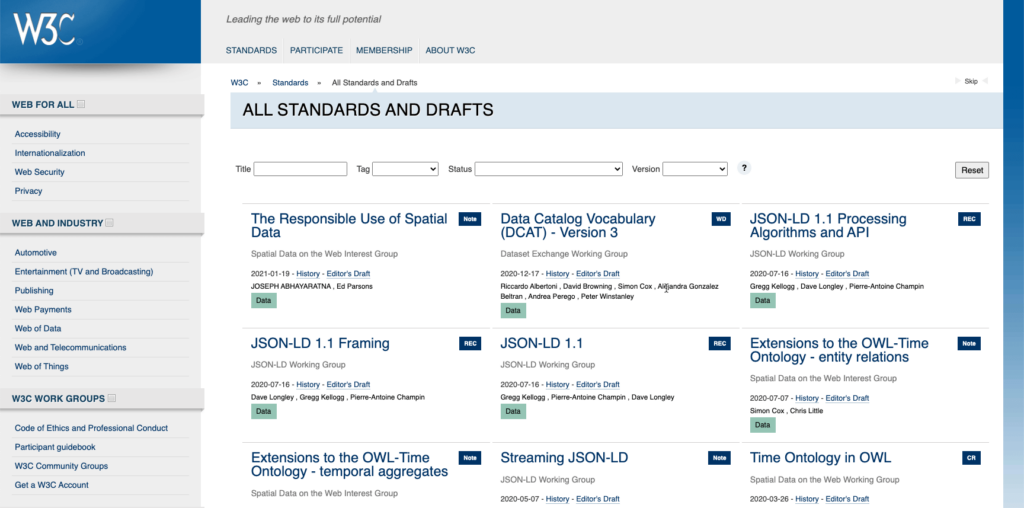
However, there’s a huge divide between the institutions proactively creating digital data standards and companies owning and managing their own data standards that both complement their entire data infrastructure, and have interoperability with the industry standards.
Part of the problem is all of the software proliferation we’ve experienced over the past 20 years that is loosely integrated at best, but generally disjointed or disconnected altogether – especially when it comes to sharing a common data standard.
Let’s take a step back and understand more about what we’re talking about.
What are Digital Data Standards?
Very simply, digital data standards are an agreed upon collection of naming conventions and values. They are a constant all of your digital technologies should abide by. By having these data standards in place and globally used, everything that follows, from customer experience to digital analytics, benefits. Data integrity is high and data flow is accurate. You and everyone in your organization have a common understanding of what your data means. A little more explanation:
- Using standard, agreed upon data structure and values has a wide array of application across your organization
- They provide you consistent results in retrieval, access and use
- They are defined by your business unit experts formally agreeing on how to solve business challenges
- Using and governing data standards creates and promotes common, clear meanings throughout your datasets
- They can take time to develop, but are more economical over their lifespan than a non-standard approach because you can re-use them systematically
Check out our full guide:
Going Deeper on the State of Digital Data Standards
The state of digital data standards is rather grim. To start, there is little research publicly available from major organizations like Gartner, Forrester, Aberdeen, IDC and related entities. A search for reports or resources that highlight any sort of survey data compilation as to how business leaders are addressing the growing problem of underdeveloped or missing digital data standards turns up empty.
It is a big gap in a world now ruled by digital. Consider that “in 2020, the number of mobile users worldwide stood at 6.95 billion, with forecasts suggesting this is likely to rise to 7.1 billion by 2021. In 2024, the number of mobile users worldwide is projected to reach 7.41 billion.” Source: Statista (1,2) Frankly it’s insane anything works. It does work because the device and communication industries apply standards.
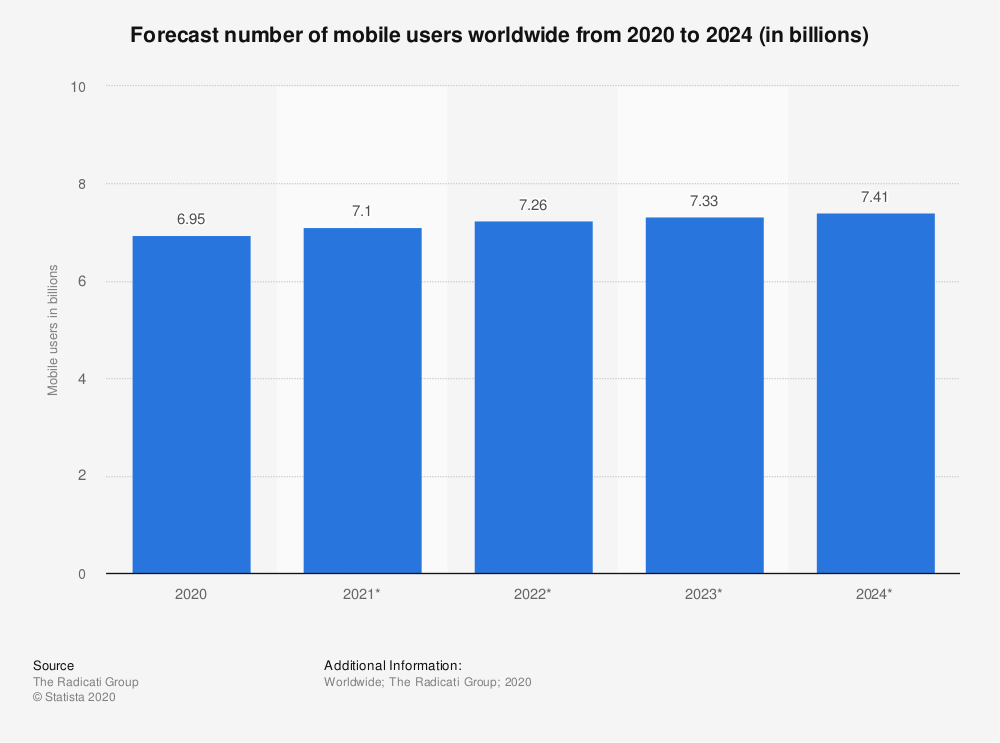
Aside from the accelerating number of digital devices in use, the proliferation of software, especially cloud-based applications exposes a major area where digital data standards are required but not established. To highlight the growth of applications, the oft-cited Marketing Technology Landscape is a perfect example, suggesting that there are at least 10000 marketing technology solutions active in the marketplace today. (Source: ChiefMarTec)
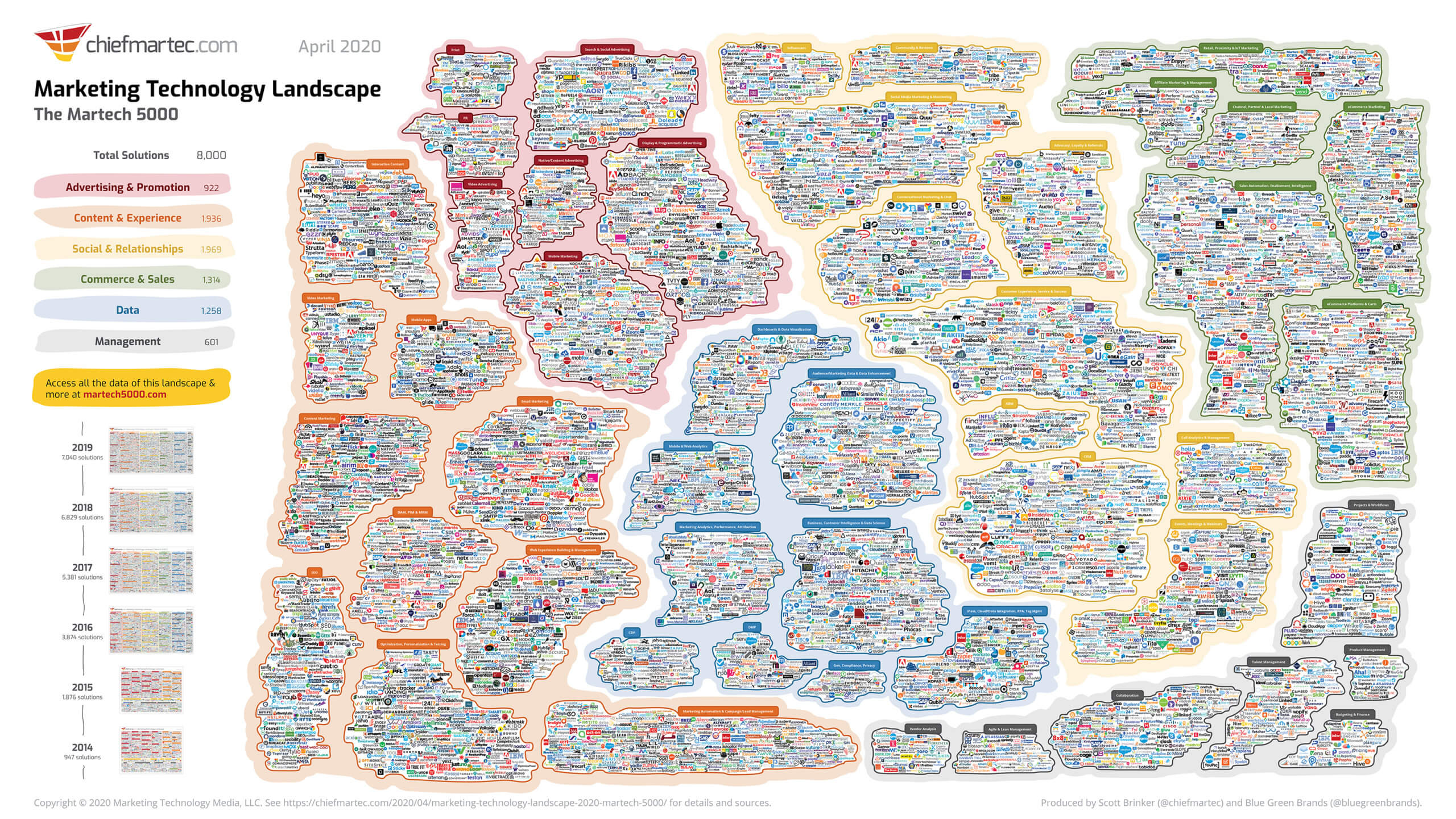
Other functional areas within organizations have identified similar growth in software applications including finance, human resources, and sales. Just search for technology landscapes related to each function to see how widespread application growth is in each of these areas. There’s little to no standards shared between any of these technologies – it doesn’t benefit them in many cases, but it benefits the organization that wants to take advantage of the best in class solutions across technology categories versus having to rely on a single vendor for their perhaps lackluster “everything but the kitchen sink” suites.
Add the ever-evolving and fragmentation of consumer behavior and media consumption. Never before in history have consumers had more choice with media outlets and digital channels for the consumption of content, experiences and commerce. Almost every consumer interaction has some digital component, or signal, associated with it (even at an in-store POS,checking in at an appointment, or checking out a book at the library) that is generally part of your data collection process. Every one of these interactions creates more and more data every minute of every day.
Between the growth of digital devices and various software application markets, along with advancements in digital interaction/engagement, there is little doubt that data standards should be required. Reasons include:
- Delivering enjoyable customer experiences
- Data privacy requirements
- Integrated machine learning/AI
- Overall business intelligence and performance optimization
Lacking data standards across these digital platforms jeopardizes all of the above. Consider the information presented in “PWC’s Global Consumer Insights Survey 2020”, including this snippet that “the overarching trend will be towards an omnichannel experience, with consumer-facing companies needing to seamlessly integrate their offline and online experiences.”
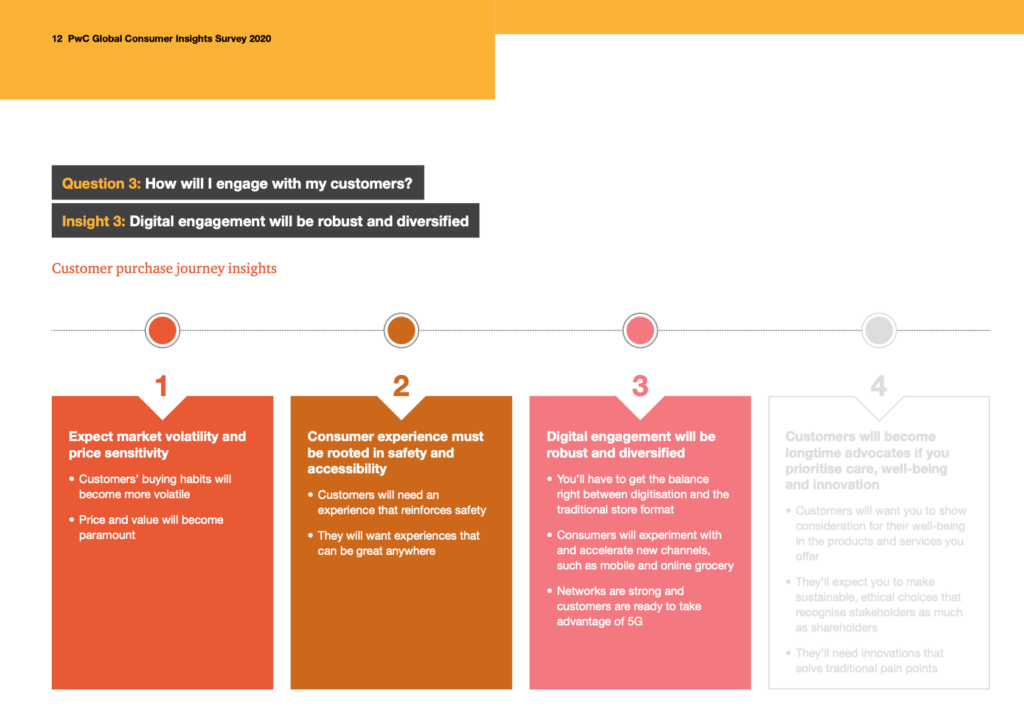
How consumer-facing companies will create this seamless experience without unified digital data standards is the question at hand. Few research organizations are touching on the topic and only a small subset of enterprise organizations have explicitly made it a priority.
Why Do We Need Digital Data Standards?
There are a number of reasons to apply digital data standards within your organization. But, the fundamental reason is to create the standards required to have interconnected data throughout all of your key digital assets -from campaigns to content, product catalogs, coupons and other digital assets that fuel all of your digital experiences. There’s a big checklist of metadata items across core digital assets here that gives you a good idea of what needs data standards and how they can potentially integrate.
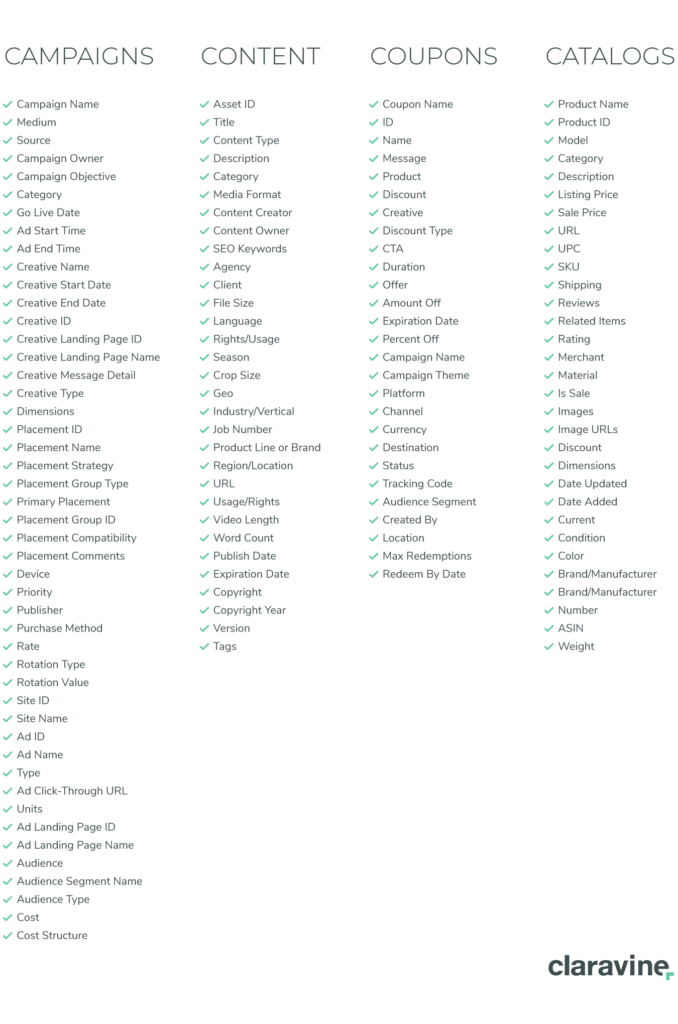
In a simplified example: think about how a singular digital campaign is run to promote a product (from your digital catalog/ecommerce site) that uses coupon codes and creative/content. Now, imagine, estimate, or intrinsically know the true magnitude of how many of these campaigns are run concurrently or annually at the enterprise level and you may have the epiphany of why these standards are critical.
There are a variety of other reasons data standards are paramount to the future of your business. They include:
- Having clean, quality data upfront in your analytics systems, preventing what is often days or weeks of clean-up before you can get to insights
- Streamlining discovery and access to key assets (e.g. videos, images) that are required for deliver real-time context
- Enabling omni-channel experiences as your technologies are now aligned on a level not previously available
And there are many more ways that data standards contribute to positive business performance so that you can ultimately understand your overall digital investment.
Here are some examples of using data standards and metadata for business optimization:
- The case for comprehensive digital ad metadata
- The importance of clean content metadata
- Applying metadata standards for personalization and optimization
Why are digital data standards important now?
Considering there’s been no attention to it both on the research firm and enterprise adoption side, why are digital data standards now important? Given the fact that “the CMO plays an ever more critical role in creating and managing a strategy to achieve sustainable, profitable growth,” (Source: “Today’s CMO: Transforming the role to be ready for what’s next”, Google) why do these leaders now believe data standards will contribute to the long-term growth of their organization?
- Brand leaders and agencies are being held more accountable for their spend and performance. There is a steady state of agencies acknowledging that they are dealing with this very problem (lack of digital data standards) across almost everyone of their clients, who are often the Fortune 1000,
- The acceleration of digital transformation due to COVID. “We have vaulted five years forward in consumer and business digital adoption in a matter of around eight weeks.” (McKinsey, The COVID-19 recovery will be digital: A plan for the first 90 days, 5/14/2020)
- Pace of proliferation and change in the digital ecosystem is finally catching up to them and organizations are truly feeling the pain
- Changes in data privacy like Apple’s IDFA and Google’s move to FLoC, may lead to new ways of ad targeting that will require better data quality. A first-party data strategy is part of the way, but these shifts require more than that.
Again, these are just some of the reasons why digital data standards are important now. There are others and almost every week there’s a new one.
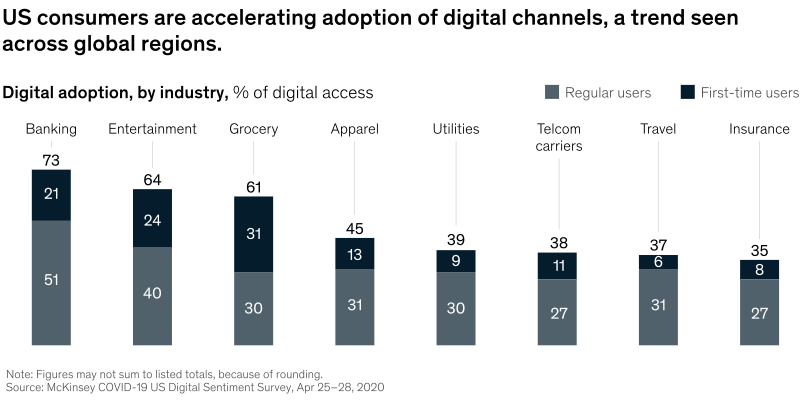
How Do You Create and Use These Data Standards?
Many progressive organizations are focused on creating taxonomies across their key digital assets like the ones I linked to above in the checklist. After creating the taxonomies, they use cloud systems to manage the standardization, flow and ownership of massive datasets – allowing their now standardized data to be more universally accessible and applied.
Think about the most common technologies your organization uses today:
- Media platforms like Google Campaign Manager and Facebook
- CX systems like Salesforce, Marketo, Branch
- Data storage environments like Amazon S3, Google Cloud
- Analytics systems like Adobe Analytics, Google Analytics, Tableau

Are all of these systems sharing a common digital data standard in your environment? Doubtful. (We know that because we have the Fortune 1000 coming to us almost daily to solve this very problem.) And regardless, if you are not using most of those systems above, the lack of standards is software agnostic – almost every organization’s technology environment has a hodge podge of systems within the categories above and then some.
However, to create this taxonomy you need to go through a formal exercise that requires cross-team collaboration, planning, documentation development and implementation. We’ve outlined some steps below, but they can be read about more comprehensively in our guide, “How to Build an Enterprise-grade Marketing Taxonomy”. The steps include:
- Identify Key Stakeholders
- Schedule Discovery Sessions
- Define Core Business Fields
- Create a “Data Dictionary”
- Reviewing and Presenting Your Data Dictionary
- Implementing Your New Taxonomy
- Launch
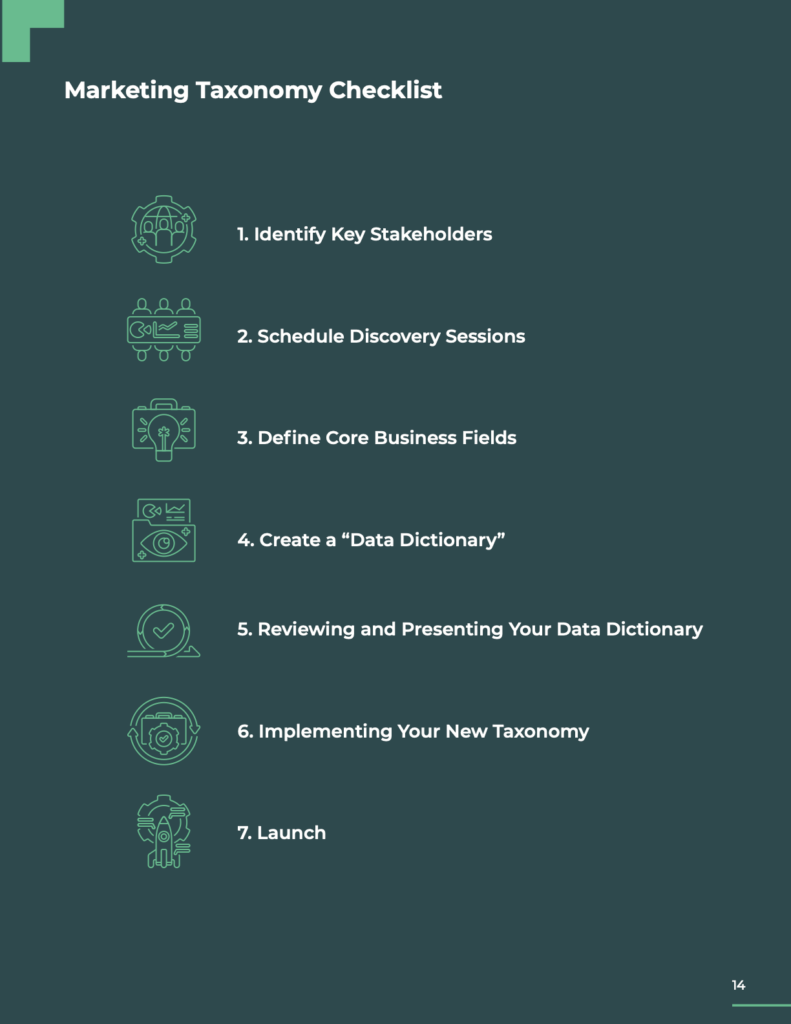
Ok, that was A LOT. We talked about what digital data standards are (and we know one thing: they are NOT commonplace). We discussed why and why now along with a very high level “how” (read the guide). Now what?
Historically, this was a problem that many people and organizations just had to accept. We got used to it because there was really no solution. But now it’s the 21st century and there is a technology solution to solve just about anything – including this (hint: talk to us.) Now that you know more about what you’re trying to solve and how to do it, don’t let this get out of hand any longer.
About the Author
 Michael Shearer has been fortunate to work in the digital field for more than 20 years – with an expansive career in digital marketing, analytics, operations and more. He is currently the Senior Director of Digital Strategy and Innovation at Claravine. He holds advanced degrees in Information Systems and Management from Drake University and American Public University. Michael resides in Maryland with his wife and 5 children.
Michael Shearer has been fortunate to work in the digital field for more than 20 years – with an expansive career in digital marketing, analytics, operations and more. He is currently the Senior Director of Digital Strategy and Innovation at Claravine. He holds advanced degrees in Information Systems and Management from Drake University and American Public University. Michael resides in Maryland with his wife and 5 children.




